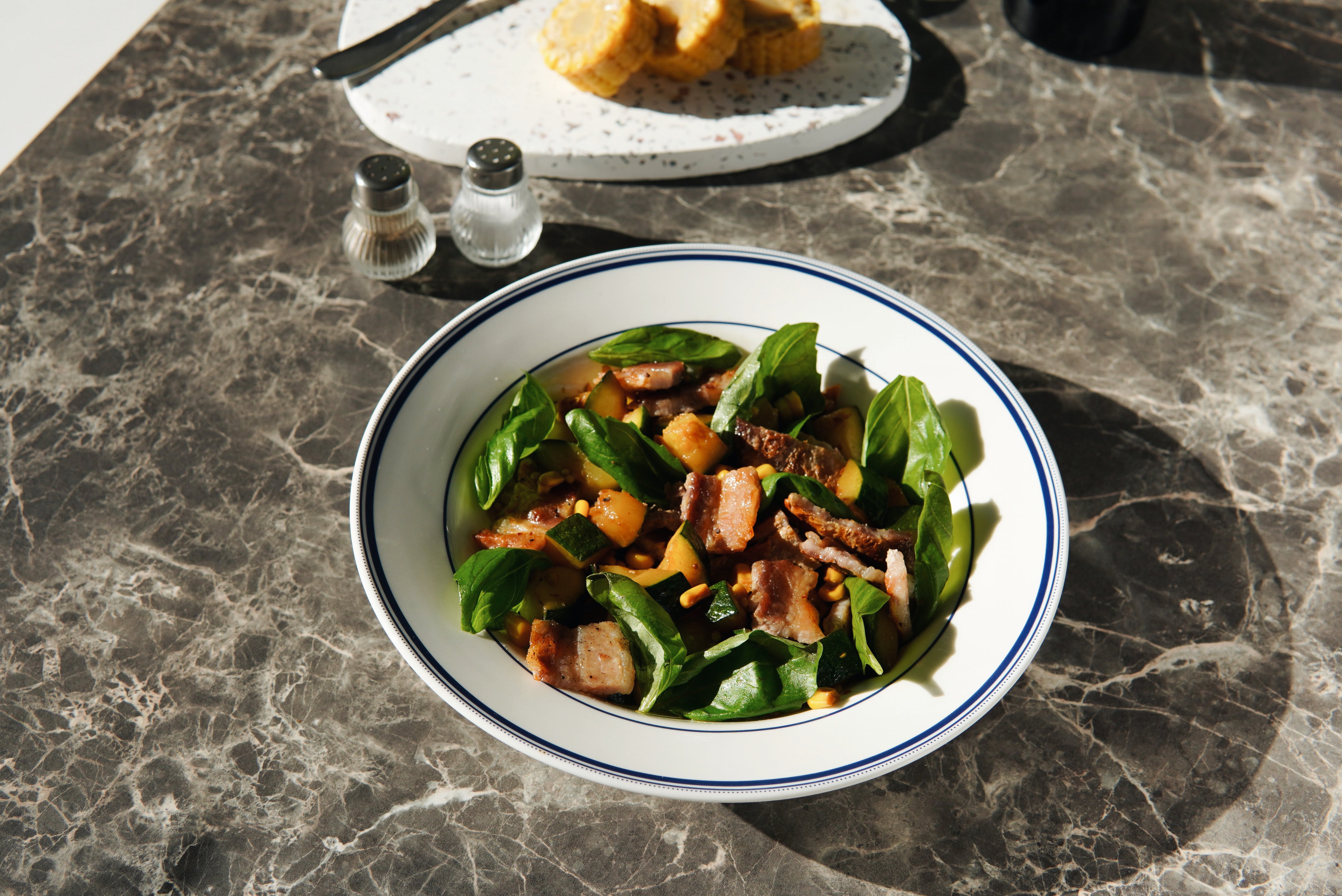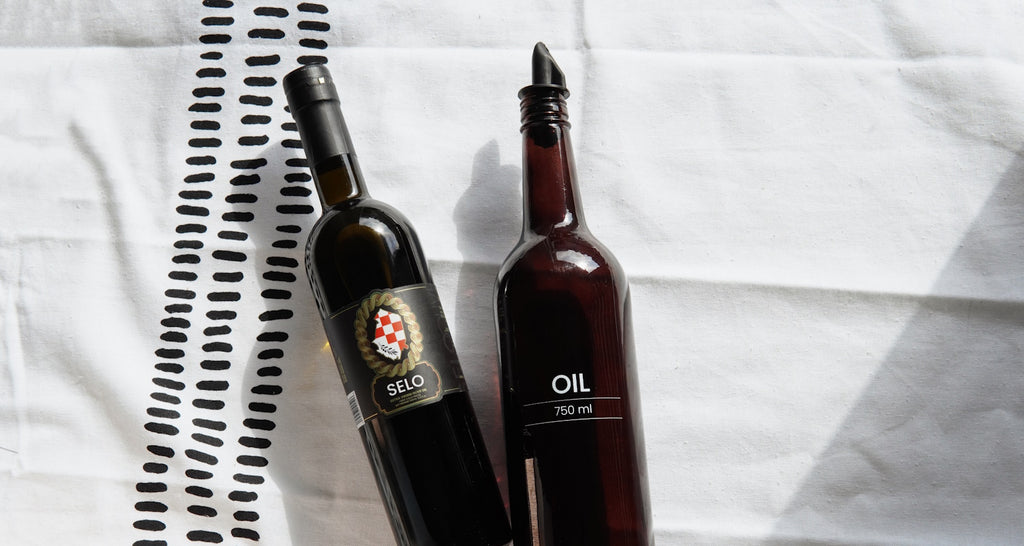Understanding the Basics: Virgin vs. Extra Virgin Olive Oil
When navigating the world of olive oils, extra virgin olive oil and virgin olive oil often present a confusing conundrum. While they may sound strikingly similar, each embodies unique characteristics and maintains distinctive standards that set them apart.
A key distinguishing factor between these two types of olive oil is their acidity level, specifically the free fatty acid level. All olive oil starts with an acidity level of zero, which gradually escalates due to various factors.
Extra virgin olive oil (EVOO) boasts an impressive free fatty acid level of 0.8 percent or lower - a testament to its superior quality. This low acidity lends EVOO its robust flavor profile and remarkable health benefits.
On the other hand, virgin olive oil features a higher free fatty acid level, falling between 0.8 percent and 2.0 percent. This increase in acidity is indicative of a longer duration between harvesting and pressing or extended ripening on the tree.
- The lower the acidity, the higher quality the oil.
- Time plays a crucial role in maintaining this delicate balance.
So, when faced with the choice between extra virgin and virgin, remember to consider their inherent differences - specifically their acidity levels - before making your decision.
The Production Process: How Olive Oil is Made
When it comes to the process of making olive oil, a series of critical steps culminate in the final product. Let's delve into this captivating journey.
First off, there's harvesting—a pivotal stage where timing is indispensable. The time when the olives are picked directly impacts the quality and taste of the resulting oil. Early harvesting ensures the fruit is at its peak, brimming with freshness and flavor. At Selo, olives are diligently collected early in the season to curate premium quality olive oil.
Next comes cleaning and washing. This step ensures that any twigs, leaves or dust that may have clung to the olives during harvesting are thoroughly removed. A meticulously cleaned batch of olives paves the way for a pure, unadulterated olive oil.
The third step involves crushing. Here, olives are ground into a paste using millstones or steel drums. Crushing doesn't just extract juice from the fruit but also frees up oil droplets from within the cells of the olives.
Then we move on to malaxation, where the paste is slowly churned or mixed to allow oil droplets to amalgamate and increase in size. This process aids in extraction while also impacting flavor and aroma.
Finally, extraction takes place. The paste undergoes centrifugation to separate solid residue from liquid phases, further segregating water from oil. High-quality olive oils like extra virgin ones employ cold press mechanical means during extraction. It's this method that conserves all the taste, aroma and healthful properties found in an olive oil set.
Remember, each step, each decision has a profound impact on what makes it into your bottle of olive oil. Among these variables, timing holds paramount importance. From when you pick your olives off the tree to how swiftly they're pressed determines whether you've got extra virgin or simply virgin olive oil on your hands.
As we venture further into our exploration of olive oils, let's next turn our attention towards understanding their grading and quality standards.

Grading and Quality Standards for Olive Oil
When it comes to olive oil, not all bottles are created equal. The concept of 'olive oil grading' is crucial in understanding the quality that each bottle holds.
The International Olive Oil Council (IOOC) sets the global standards for different grades of olive oil. These classifications are primarily based on specific parameters such as free acidity, peroxide value, and sensory characteristics.
Here's a quick run-down:
- Extra Virgin Olive Oil (EVOO): With an acidity level less than 0.8%, this is the highest-quality olive oil under the IOOC standards. It's exclusively produced by mechanical means without the use of any solvents or re-esterification processes.
- Virgin Olive Oil: This grade has slightly higher acidity (between 0.8% and 2%) compared to EVOO but still retains some of its sensory characteristics.
- Refined Olive Oil: Produced by refining virgin olive oils using agents such as acids or steam, it has a free acidity of no more than 0.3%.
- Olive Oil: Also known as "pure" or simply "olive oil", this grade is a blend of refined and virgin production oils.
- Lampante Oil: With a high acidity level above 3.3%, this type is not fit for consumption and is typically used in industry.
Deciphering these International Olive Oil Council standards may seem daunting, but they offer you a roadmap to selecting an olive oil that suits your needs best.
Let's dive deeper into the world of olive oil and discover how its nutritional properties can enrich our diet - one drizzle at a time!
Healthy Fats: The Nutritional Benefits of Olive Oil
When speaking about healthy cooking oils, olive oil reigns supreme due to its impressive nutritional profile. Packed with monounsaturated fats (MUFAs), it's a source of healthful fats that play a crucial role in a balanced diet.
Monounsaturated fats are often dubbed as 'heart-healthy' fats. They aid in reducing bad cholesterol levels while increasing good cholesterol, contributing to heart health and minimizing the risk of heart diseases[^1^].
A key feature of olive oil is the presence of polyphenols and antioxidants. These compounds not only add unique flavors but also possess numerous health benefits. Polyphenols contribute to inflammation reduction and cancer prevention, while antioxidants combat oxidative stress, promoting overall health[^2^].
For those indulging in baking, extra virgin olive oil is an excellent choice. Its rich MUFAs impart a delightful flavor and elevate the experience[^3^].
In essence, olive oils do more than just enriching your meals; they contribute significantly to your well-being.
[^1^]: American Heart Association [^2^]: Harvard T.H Chan School of Public Health [^3^]: Selo Olive Oil Blog

Olive Oils in Cooking: How to Choose the Right Type for Your Recipes
Choosing the right type of olive oil for your recipes can elevate the flavors to a new dimension. Let's dive into how to make this decision.
Flavored vs Regular Olive Oils
To begin with, we have flavored olive oils such as chili-infused oil or lemon olive oil. These are not just cooking oils but an essential ingredient that can invigorate your dishes by adding an extra layer of complexity. Consider using chili-infused oil to add warmth and depth to your pasta sauces or a citrusy lemon olive oil to drizzle on your salads or seafood.
Smoke Point: A Crucial Factor
A crucial factor that often gets overlooked is the 'smoke point' of oils. This is the temperature at which an oil begins to smoke and break down. Extra virgin olive oils have a relatively low smoke point, making them less suitable for high heat cooking methods like frying. On the other hand, regular virgin olive oil has a higher smoke point and can be used more flexibly in various cooking methods.
Olive Oil in Mediterranean Cuisine
Olive oil is the heart and soul of Mediterranean cuisine. From drizzling over hummus to whisking into vinaigrettes, its presence is ubiquitous. For example, you can try these Lemon Bars, baked with Selo Croatian Olive Oil for a tangy, sweet treat that's rich in flavor. Or savor summer with this no-cook Watermelon Feta Salad, enhanced by robust olive oil.
Choosing between flavored and regular, considering smoke points and understanding the role of olive oil in different cuisines will guide you in making the right choice for your recipes.

Virgin or Extra Virgin? Making Your Decision
Deciding between extra-virgin olive oil and regular olive oil boils down to personal preference and intended use.
- Extra-Virgin Olive Oil: Unparalleled in flavor, aroma, and nutritional benefits, EVOO is perfect for those who appreciate the rich taste of olives and prioritize health benefits. Prefer it for dressings, drizzles, and dips.
- Regular Olive Oil: With its lighter taste and high smoke point, regular olive oil is a dependable ally for all types of cooking. Its subtler flavor makes it ideal when you want other ingredients to shine.
Remember, the perfect olive oil for your kitchen is the one that complements your taste and cooking style.

